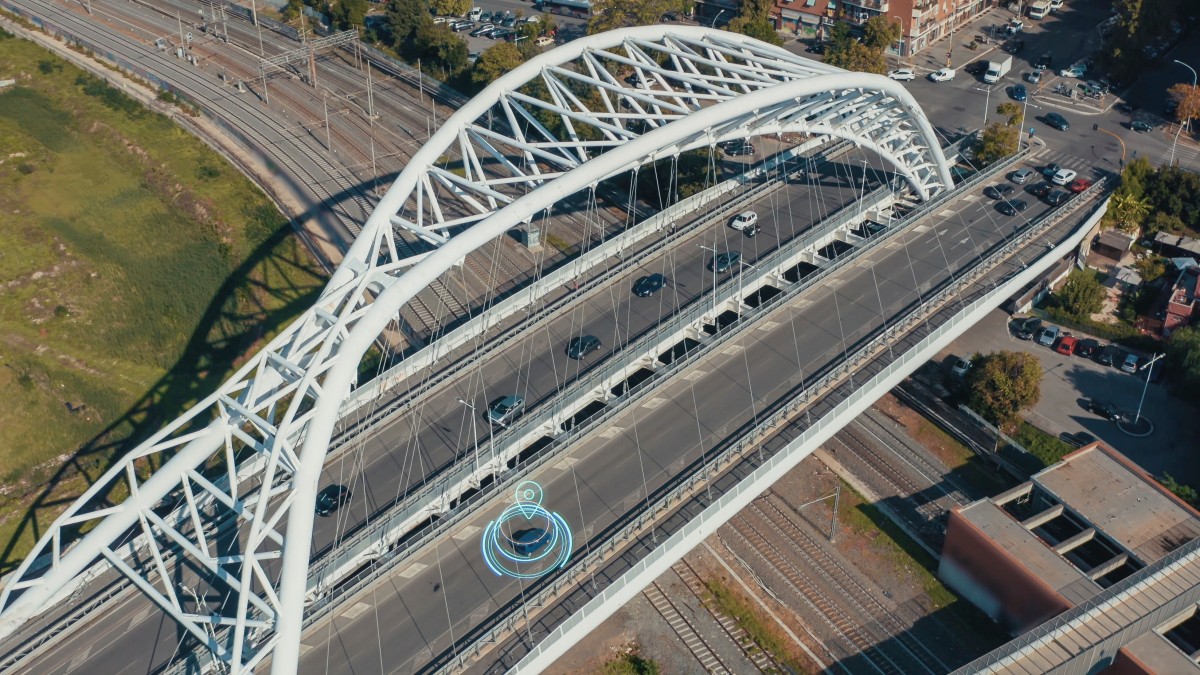Assets and inventory might sound like two interchangeable terms, but they’re actually two important, distinct components of your business. Understanding the difference between the two and how each impacts your operations is foundational to effective asset and inventory management.
Furthermore, recognizing the challenges that come along with tracking assets or inventory is another layer to streamlining your operations; in this article, we’ll dive into the role that both assets and inventory play in your organization, plus how GPS tracking can optimize your asset tracking or inventory management strategy!
Quick Links:
What Is An Asset?
Assets are resources that a business utilizes as a part of their business, to manufacture products, or otherwise create value for customers; assets include employees, equipment, operational software, intellectual property, service vehicles, and more. Typically, assets are a fixed expenditure for organizations and don’t drastically change from month to month; assets are a core component of your organizational structure.

What Is Asset Management?
Asset management is a multifaceted job that requires tracking your company’s assets and their physical location, maintenance requirements, optimal use patterns, and more. Asset managers need to have in-depth knowledge of the assets and how each type plays a role in the organization in order to best leverage internal resources to achieve operational goals and projects.
Utilizing an asset tracking software means your asset manager can have greater control over high-value assets in the field and monitor usage with just a couple of clicks or taps in a mobile app; with asset management software, you can track and monitor a range of characteristics and data points including:
- Who last used your equipment and where
- How long it was used for
- Whether it is currently active or offline
- Operator or driver behaviors
- Your assets’ lifecycle management
- Ensuring that it is appropriately being maintained or repaired
- And more!
Your assets are only as effective as your management strategy; not knowing the details of your assets and their usage will only hurt your operations and leave you in the dark.
What Is Inventory?
On the other hand, inventory—sometimes referred to as stock—includes the products, raw materials, supplies, or other parts that a business works with to sell or build new products. There are three broad categories of inventory: raw materials, work-in-progress, and finished goods; these categories organize inventory in chronological order relative to your company’s process and operations.
Inventory and assets are two sides of the same coin for your business; they complement each other but are two distinct components of your company. For example, if you have a construction business then your inventory would be the building supplies—plywood, concrete, screws—but your assets would be your fleet of vehicles, cranes, and other pieces of equipment that you need.
What Is Inventory Management?
Inventory is constantly changing as resources are used and must be replenished in a timely manner; hence inventory management is a crucial part of effective business operations. Leveraging an inventory management system includes the ability to:
- Know the quantity of each type of inventory you need
- Locate where specific inventory is being stored
- Streamline operations by not running out of stock
- Get notifications when inventory is low
- Have better accuracy regarding purchasing orders
- And more!
Unlike asset management, inventory management involves forecasting demand and adapting your company’s purchasing strategy to meet anticipated needs. Effective inventory management results in preventing understocking inventory and reducing the chance of over-purchasing inventory.

How An Asset Tracking System Benefits Your Company
There are several common challenges when it comes to implementing an effective asset tracking and asset management strategy at your company; thankfully, asset tracking software can be the ace up your sleeve.
Some advantages of using an asset tracking system include:
Reducing Maintenance Costs
With the power to monitor usage patterns for your equipment, you can optimize your assets’ maintenance schedules so that it’s always in top condition. This ensures you’ll get the maximum life of the asset without compromising safety or quality. Plus, by working with a preventative maintenance mindset, you’ll be able to catch issues that can be resolved quickly instead of being reactive to major incidents.
Boosting Customer Support and Satisfaction
The goal of your company is, to a large degree, centered around delighting your customers and ensuring they have a great experience with your company. GPS tracking and asset management technology tremendously help you accomplish this goal by keeping your customers informed of shipping or services deliveries. For example, if you’re transporting temperature-sensitive cargo, asset tracking technology can ensure that those assets travel at the appropriate temperature—which gives you and your customers peace of mind.
Geofencing Capabilities
Geofencing, or establishing a virtual boundary for any geographic area, makes sure that your assets are where they should be—and that you’ll get notified if they stray beyond an established area. This could be anything from a construction site to a whole state and is a game-changer in the world of asset management. With an asset management system including geofencing capabilities, you can:
- Track when employees arrive at or leave a job site
- Receive a confirmation when a shipment arrives at a delivery location
- Mark a specific area as a “no entry” zone for any given asset
- And more!
Trust Rastrac for All Your Asset Tracking Needs!
When it comes to asset management, cutting corners or taking unnecessary risks can be costly and degrade your company’s reputation. A comprehensive asset tracking system is the best way for you and your customers to have peace of mind that all is where it should be and that your assets are functioning properly.
If you want to learn more about asset management with GPS tracking, reach out to a Rastrac expert today!






